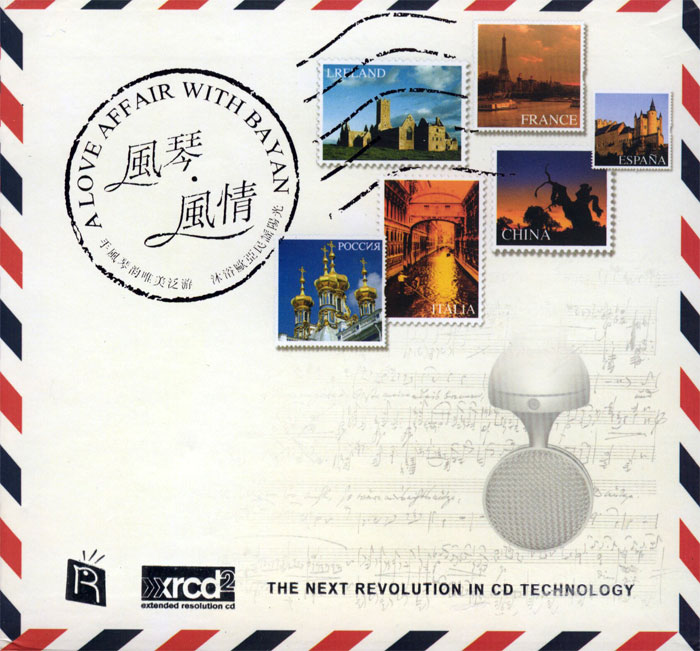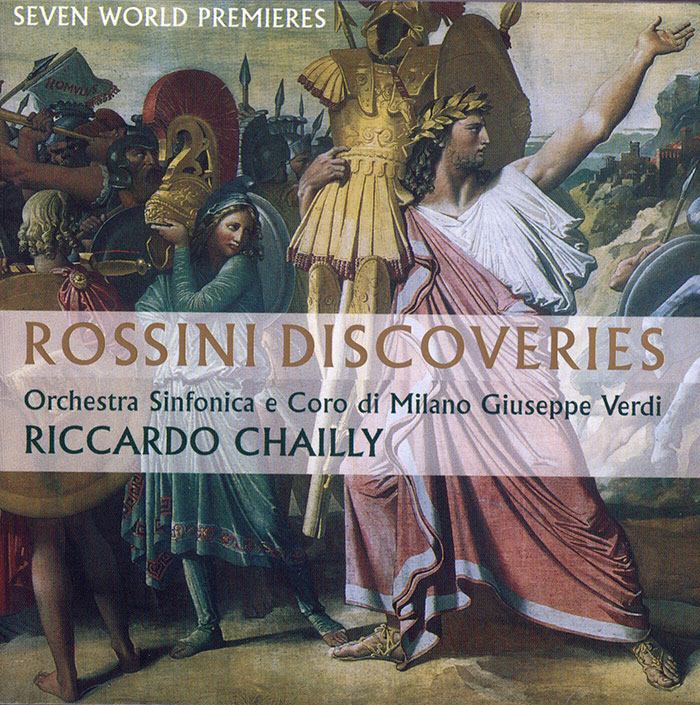Logowanie
Dlaczego wszystkjie inne nie brzmią tak jak te?
SpeakersCorner - OSTATNIE!!!!
RAVEL, DEBUSSY, Paul Paray, Detroit Symphony Orchestra
Prelude a l'Apres-midi d'un faune / Petite Suite / Valses nobles et sentimentales / Le Tombeau de Couperin
Samozapłon gwarantowany - Himalaje sztuki audiofilskiej
PROKOFIEV, Stanislaw Skrowaczewski, Minneapolis Symphony Orchestra
Romeo and Juliet
Stanisław Skrowaczewski,
✟ 22-02-2017
BARTOK, Antal Dorati, Philharmonia Hungarica
Dance Suite / Two Portraits / Two Excerpts From 'Mikrokosmos'
Samozapłon gwarantowany - Himalaje sztuki audiofilskiej
ENESCU, LISZT, Antal Dorati, The London Symphony Orchestra
Two Roumanian Rhapsodies / Hungarian Rhapsody Nos. 2 & 3
Samozapłon gwarantowany - Himalaje sztuki audiofilskiej
Winylowy niezbędnik
ClearAudio
Cartridge Alignment Gauge - uniwersalny przyrząd do ustawiania geometrii wkładki i ramienia
Jedyny na rynku, tak wszechstronny i właściwy do każdego typu gramofonu!
ClearAudio
Harmo-nicer - nie tylko mata gramofonowa
Najlepsze rozwiązania leżą tuż obok
IDEALNA MATA ANTYPOŚLIZGOWA I ANTYWIBRACYJNA.
Wzorcowe
Carmen Gomes
Celebrating the art and spirit of music - vol. 5 - Reference Songs
- CHCECIE TO WIERZCIE, CHCECIE - NIE WIERZCIE, ALE TO NIE JEST ZŁUDZENIE!!!
Petra Rosa, Eddie C.
Celebrating the art and spirit of music - vol. 3 - Pure
warm sophisticated voice...
SAMPLER - STS DIGITAL, Gregor Hamilton
Celebrating the art and spirit of music - vol. 2 - Love songs from Gregor Hamilton
...jak opanować serca bicie?...
SAMPLER - STS DIGITAL
Celebrating the art and spirit of music - vol. 1 - Leonardo Amuedo
Największy romans sopranu z głębokim basem... wiosennym
Lils Mackintosh
Celebrating the art and spirit of music - vol. 4 - A Tribute to Billie Holiday
Uczennica godna swej Mistrzyni
ROSSINI, Riccardo Chailly, Orchestra Sinfonica e Coro di Milano Giuseppe Verdi
Rossini discoveries
- Riccardo Chailly - conductor
- Orchestra Sinfonica e Coro di Milano Giuseppe Verdi - orchestra
- ROSSINI
Philip Gossett calls this ‘a Rossinian curio cabinet’. ‘A banquet made with leftovers from the Rossini kitchen’ would do as well. Whatever the analogy, the art is as much in the assembling of the materials as in the materials themselves. The most familiar music – gleanings from Zelmira, Armida and La donna del lago – is to be found in the very first item, the overture to the Rossinian pastiche Robert Bruce, assembled for the Paris Opéra in 1846 by the composer Louis Niedermeyer. The other orchestral items are all echt-Rossini. The splendid Le Rendez-vous de chasse for four hunting horns and orchestra dates from the time of the composition of Guillaume Tell and could almost be a pendant to it. The two ballet numbers from the opera, which resurfaced during Elizabeth Bartlet’s preparation of the Critical Edition, are recorded here for the first time. The solo wind writing in the preface to the ‘Pas de deux’ is delectable, evidently the work of the same master who penned the pastoral episode in the opera’s celebrated overture. The pillars of the anthology are the splendid Le Chant des Titans and three of Rossini’s grand but little known occasional hymns. The earliest of these is De l’Italie et de la France, written in 1825 for Charles X’s coronation; the latest, written in 1867 when Rossini was 75, is the grandiose Hymne à Napoléon III à Son Vaillant Peuple. This has one of Rossini’s trademark sub-titles: ‘Hymn (with accompaniment for full orchestra and military band) for baritone solo (a Pontiff), a Chorus of priests, a Chorus of camp followers, soldiers, and the people; Dances, Bells, Snare Drums, and Cannons: Excusez du peu!! [Sorry there’s not more!!].’ It is grand and touching and really rather amusing. (The dividing line between this and an Offenbach spoof is only inches away.) It all goes with a tremendous swing and the cannon-and-church-bells end is spectacular. The most engaging of the hymns is the one for peace, ‘È foriera la Pace’, which Rossini wrote in revolution-ravaged Florence in 1850. Scored for baritone, chorus and piano, it anticipates aspects of the Petite messe solennelle. The anthology’s choral theme is shrewdly sustained by the inclusion of the ground-breaking Overture to Ermione, in which the chorus can be heard lamenting the fall of Troy, and the Overture and Introduction to Moïse et Pharaon. The two baritone soloists are first-rate. The voltage of Chailly’s performances is unremittingly high, as is the attention to shading and fine detail. This is conducting Toscanini or De Sabata would have been hard-pressed to better. The recordings, in Milan’s new Auditorium di Milano, are also spectacularly good, vivid yet sensitive to the smallest detail. (The triangle in the Tell Divertissement is deliciously placed, barely within ear-shot.) Above all, the different forces and styles of music-making have been sympathetically treated and effortlessly ‘matched’ by the recording team, guaranteeing uninterrupted pleasure from start to finish. https://www.gramophone.co.uk/review/rossini-discoveries

























